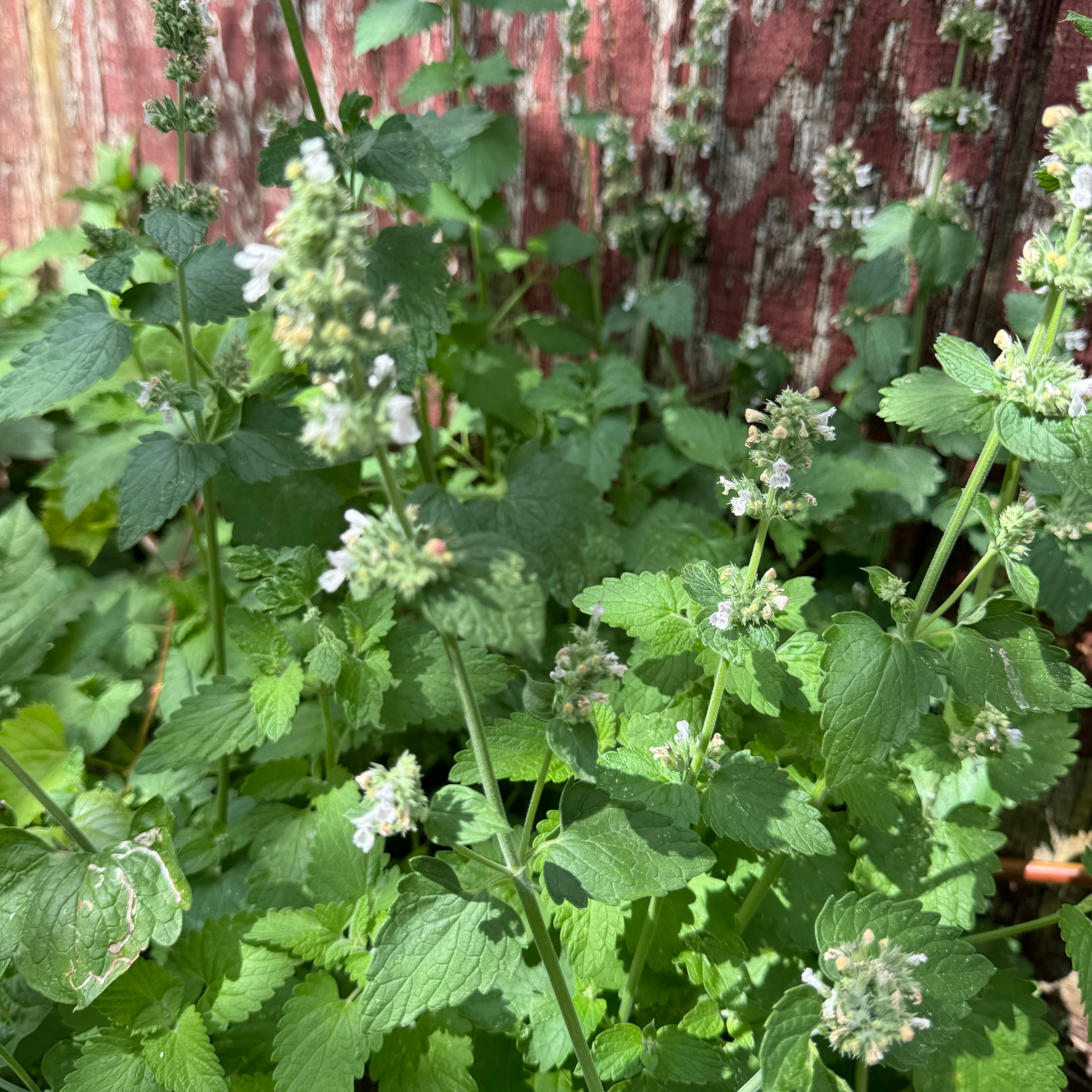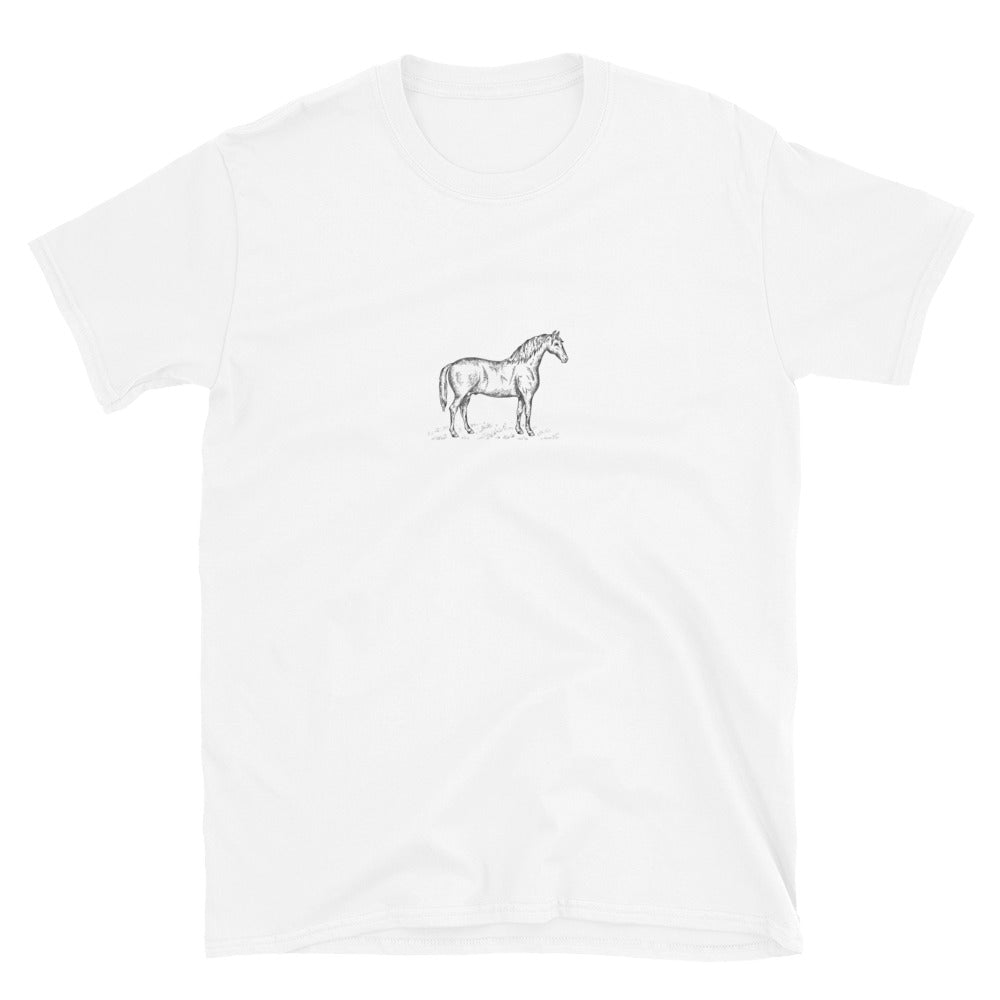How to Interpret a COA
Here’s a familiar scenario: You get a package on your doorstep from your favorite hemp company. You’ve been expecting it and cant wait to get to the goods inside. Packaged inside with your flower is a paper with what looks like some scientific jargon on it you don’t understand. You know this is a COA, or test result of the flower, but you just don’t know exactly what everything means. There’s clearly information about a lot more than just the CBD and THC levels, so what does it all mean?
First off, lets look at what exactly a COA is and how the results on it are determined. In order to ensure that their flower is compliant with the farm bill (under .03% Delta 9 THC), growers and vendors send off samples to one of the many laboratories across America to see exactly what the cannabinoid levels are. The most common method of testing at these laboratories is called High Performance Liquid Chromatography or HPLC. HPLC measures cannabinoids by mixing cannabis flower with a solvent like ethanol. That solution is then pumped through a tube, where different compounds of cannabinoids travel at different speeds, and a machine detects those speeds to identify and calculate the quantity of the compounds in the flower.
While there are over 113 different cannabinoids in cannabis, most HPLC tests look for a primary group of 10 or 11 different cannabinoids that are most sought after by users, and are also found in the highest concentrations. When you look at a COA or test result for hemp flower, you’re obviously looking for CBD (cannabidiol) levels. This is usually listed in two categories, CBD and total CBD. Total CBD is CBDA, CBDV, and CBD combined, while CBD is the total potential CBD levels once decarbed (heated to a point that the cannabinoid is psychoactive when ingested). CBDA, or cannabidiolic acid, is actually separate from CBD, but is found in only small concentrations and is usually converted to CBD once its heated and decarbed. CBDV, or cannabidivarin is one of the most rare cannabinoids that you will encounter, because not only does it only occur in very small, almost non-detectable concentrations in flower, it also is only prominent in a few very isolated pockets of cannabis found in Asia.
Secondly, you’re going to be looking for THC levels, either to see if they’re low enough or high enough for your standards. These will come up as THCA, THCV, Delta-9 THC, and Delta-8 THC. You will see a category for each, as well as a “total THC” column, which is all of these combined. Delta-9 THC is the most well known and psychoactive compound in cannabis. It is also whats illegal and regulated, and must fall within a certain threshold for hemp to legally be labeled hemp and not regular marijuana. THCA is a precursor to Delta-9 THC and is non-psychoactive. It may have its own benefits if isolated and used. THCV, or tetrahydrocannabivarin, is a very promising cannabinoid. It is similar in molecular structure as Delta 9 THC, but has its own suite of unique effects and properties. Unfortunately, it is often only found in small concentrations. Delta-8 THC is very interesting. It is the most similar to Delta-9, but produces slightly different effects which most find to be a bit more mild than its full fledged big brother.
Next to the different categories of THC results, you may see the abbreviation “LOQ”. LOQ stands for Limit of Quantitation, or basically the limit or lowest amount of a given compound that can be detected. Usually test results will say that a given cannabinoid, usually THC, is under the Limit of Quanititation, meaning its not detectable past a certain point. In laymens terms, that means that there is very little to the point it is practically undetectable and obviously within the “legal” threshold for hemp flower.
You will often see a column or measurement for CBC, or cannabichromene. CBC is another cannabinoid that is often found in small concentrations in flower, and is not psychoactive. CBC does not bind well to receptors in the brain, but it does bind well with receptors in the body. CBC is undergoing research and shows that it may have potent effects for treating certain symptoms and ailments.
Continuing down the list of analytes, or compounds that are searched for and quantified, you will probably see a result for levels of CBN. CBN, or cannabinol. Like the others on the list, CBN is only found in small concentrations. While not psychoactive, it has some of the most perceivable effects of all the non-psychoactive cannabinoids, and is quickly becoming popular for its beneficial effects.
At last you will come to CBG and CBGA. You might be more familiar with CBG, as its use and popularity has exploded, and it is quickly catching up to CBD as far as demand is concerned. CBG is the “mother of cannabinoids” because it is the starting point of all the others while the cannabis plant grows and develops. CBG has its own very important uses and while once rare and hard to find in useful concentrations, strains of cannabis have now been bred to produce very high concentrations of this useful cannabinoid. CBGA, or cannabigerolic acid, is one of the very first compounds that appear in a cannabis plant, and while it can convert down to CBG, it often converts into THC or CBD. CBGA not only regulates some of the plants growth and self manicuring for maximum growth potential, research is showing that in higher concentrations, CBGA may have promising medical properties. CBGA is non-psychoactive.
Sometimes, but not always, COAs may include a terpene report. Terpenes are the aromatic compounds produced not only in cannabis, but in many, many plants, fruits, and vegetables as well as insects. Terpenes are what is responsible for many organic things having a “smell”, and cannabis is no exception. Terpenes are what give different strains of cannabis their distinctive and unique scent profiles. Some laboratories have the equipment to test for and measure the individual terpenes in a flower sample. This is not guaranteed in a COA, so if you get a terp report with your flower, consider it a bonus.




